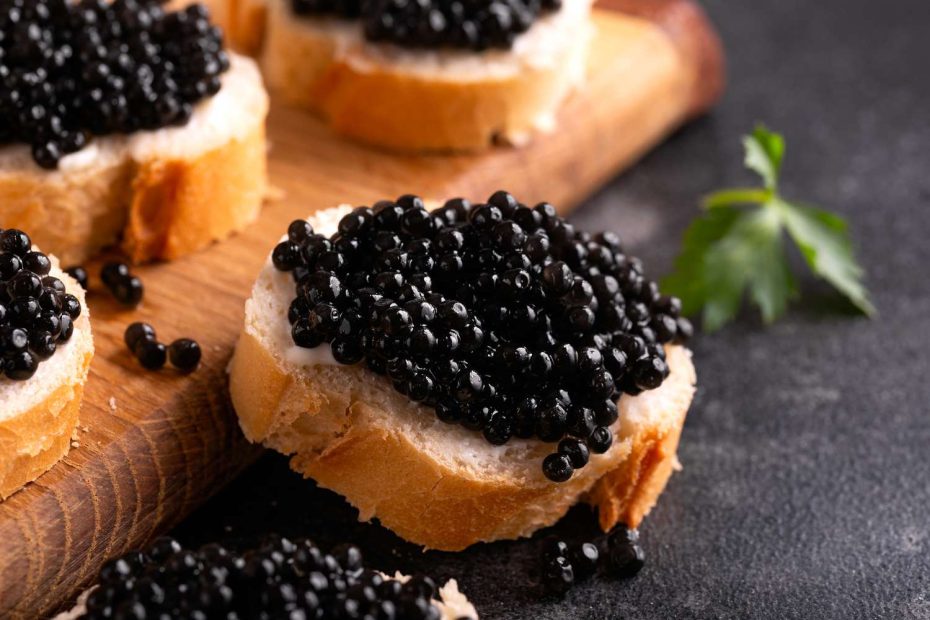Exploring the Varieties of Caviar from the Caspian Sea
Caviar, often referred to as the “food of kings,” has a rich history and a distinctive taste that has fascinated gourmands and food enthusiasts for centuries. Among the various sources of caviar, the Caspian Sea stands out as one of the most renowned regions for producing this delicacy. In this blog post, we will explore the different varieties of caviar harvested from the Caspian Sea.
The Caspian Sea and Its Caviar Legacy
The Caspian Sea, bordered by five countries—Russia, Kazakhstan, Turkmenistan, Iran, and Azerbaijan—is known for its vast sturgeon population, which has been a source of caviar for centuries. The Caspian Sea is divided into several subregions, and each region’s caviar has its unique characteristics and flavors.
1. Beluga Caviar
Beluga caviar is often considered the king of caviar due to its large, luscious eggs. These eggs are glossy and have a mild, buttery flavor that melts in your mouth. Beluga sturgeon, the source of this caviar, can produce eggs that range in color from light gray to almost black. Beluga caviar is highly sought after and is known for its exquisite taste and texture.
2. Osetra Caviar
Osetra caviar is another prized variety from the Caspian Sea. It is derived from the eggs of the Osetra sturgeon, and it is known for its medium-sized grains and a complex flavor profile. Osetra caviar can vary in color from golden-yellow to dark brown, and it is often appreciated for its nutty and slightly sweet taste.
3. Sevruga Caviar
Sevruga caviar is the smallest among the three main Caspian caviar varieties. It is harvested from the Sevruga sturgeon and is characterized by its tiny, delicate grains and bold, robust flavor. Sevruga caviar is often darker in color, ranging from gray to black. It offers a strong, slightly briny taste that is favored by many caviar enthusiasts.
The Importance of Sustainability
It’s important to note that the production and trade of Caspian caviar have faced significant challenges due to overfishing and environmental concerns. International regulations and agreements have been put in place to protect sturgeon populations and promote sustainable caviar production.
Tasting and Pairing Caviar
When indulging in caviar, it’s essential to savor its flavor. Traditionally served with blinis, crème fraîche, or toast points, caviar can also be paired with champagne or vodka to enhance the experience. The delicate taste of caviar makes it a versatile ingredient in gourmet cuisine, often used to elevate dishes like sushi, pasta, and omelets.
In conclusion, the Caspian Sea region offers a treasure trove of caviar varieties, each with its unique characteristics and flavors. Whether you prefer the opulence of Beluga, the complexity of Osetra, or the boldness of Sevruga, exploring the world of Caspian caviar is a culinary adventure worth embarking on. Just remember to choose caviar that is sustainably sourced to ensure the preservation of this exquisite delicacy for generations to come.
Exploring the Varieties of Caviar from the Caspian Sea
